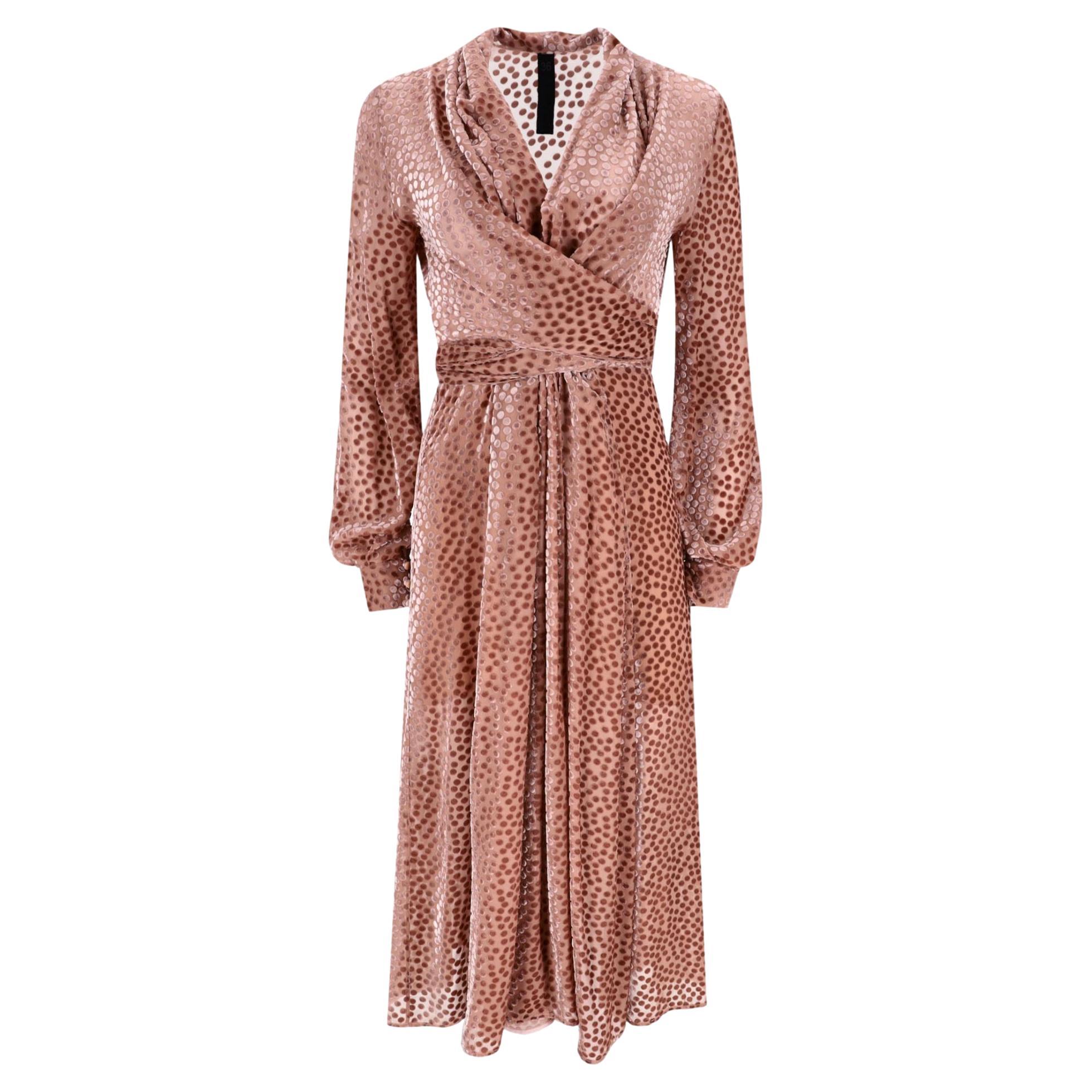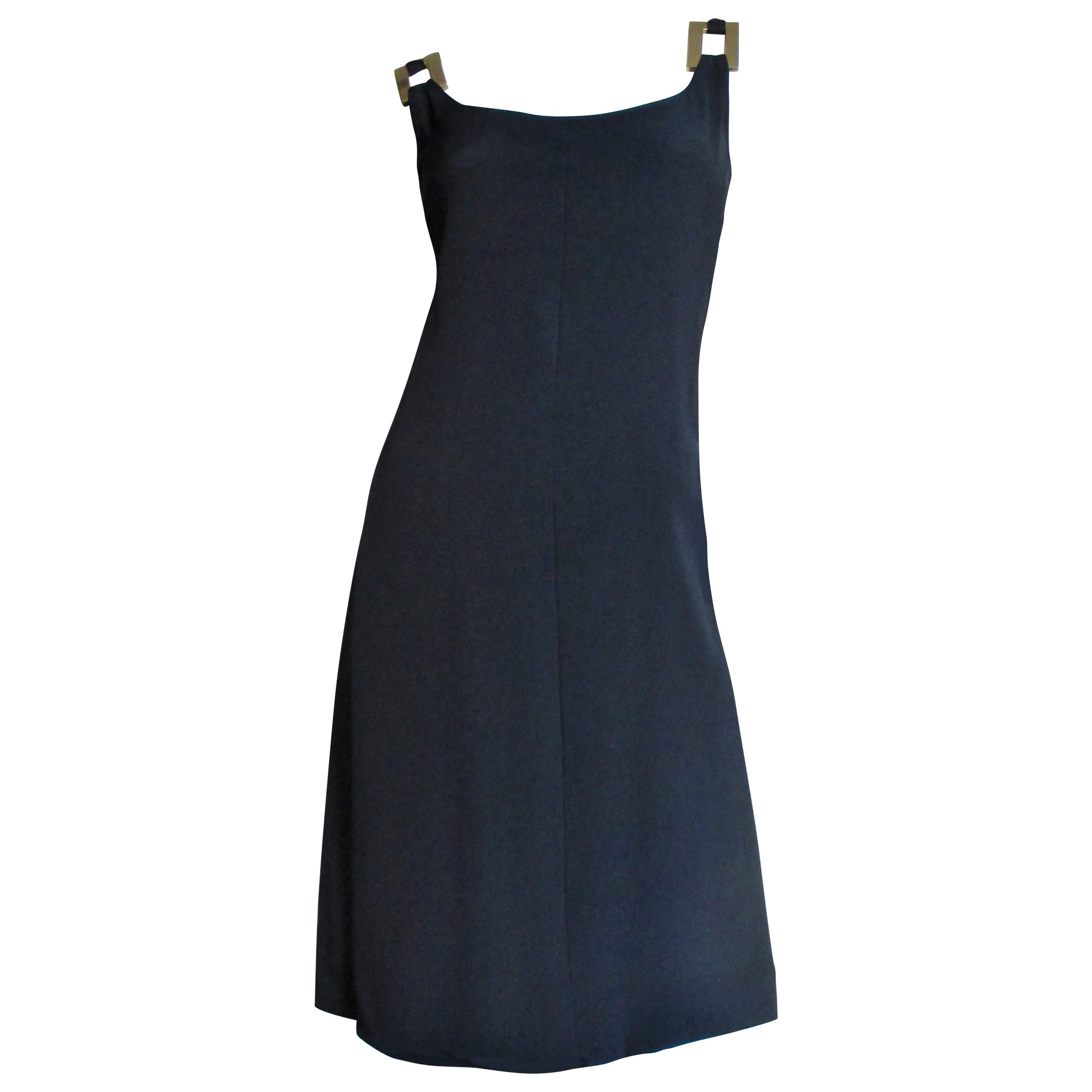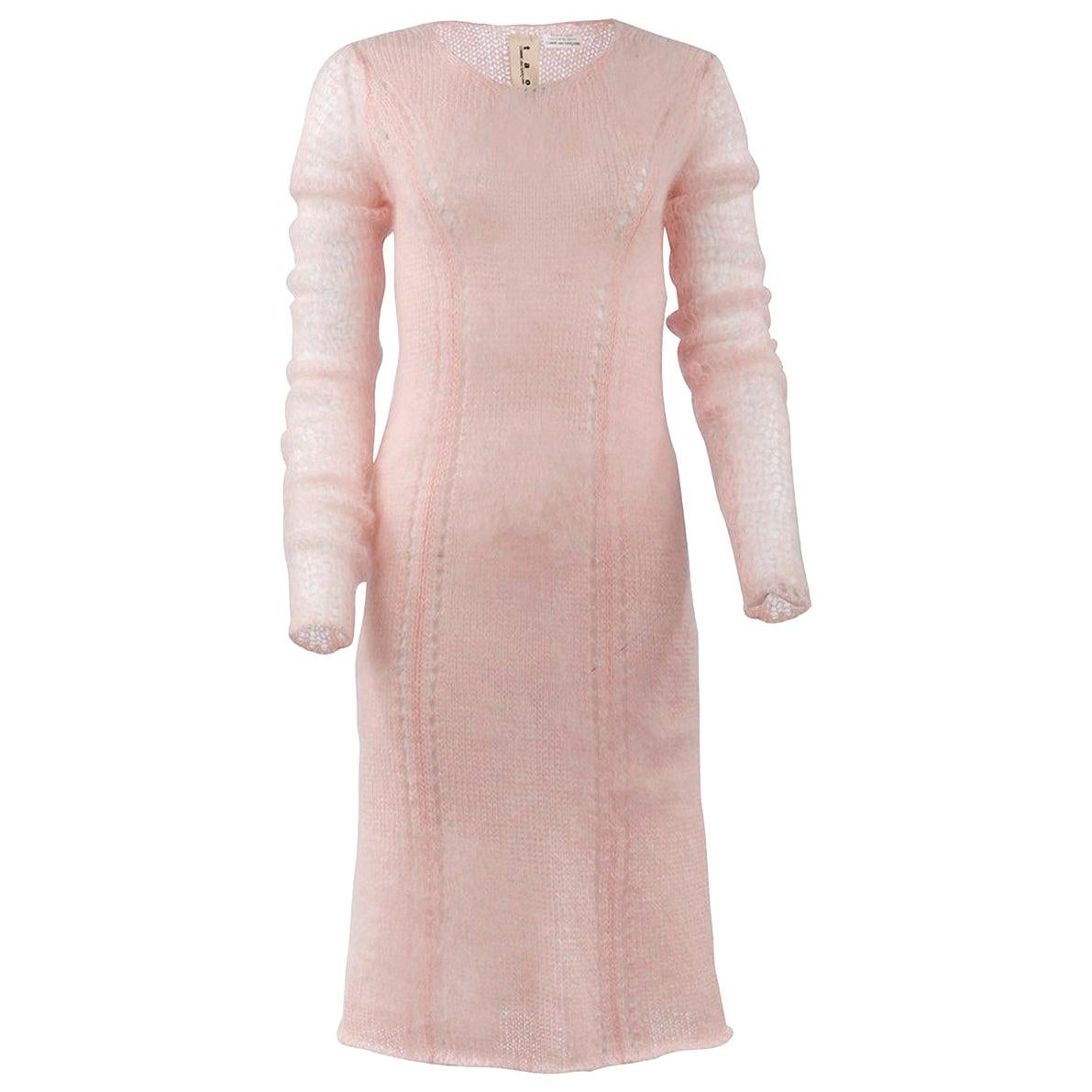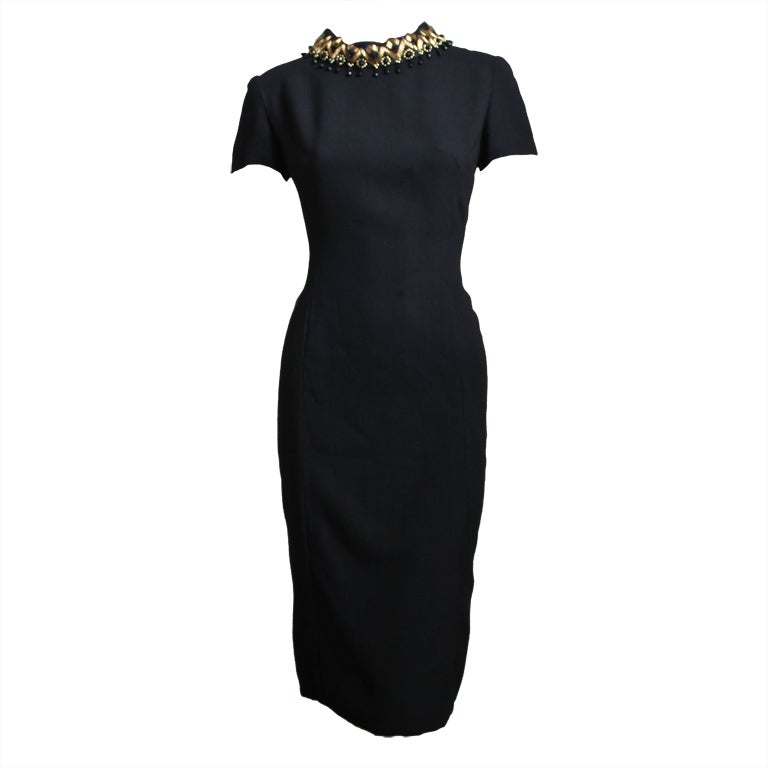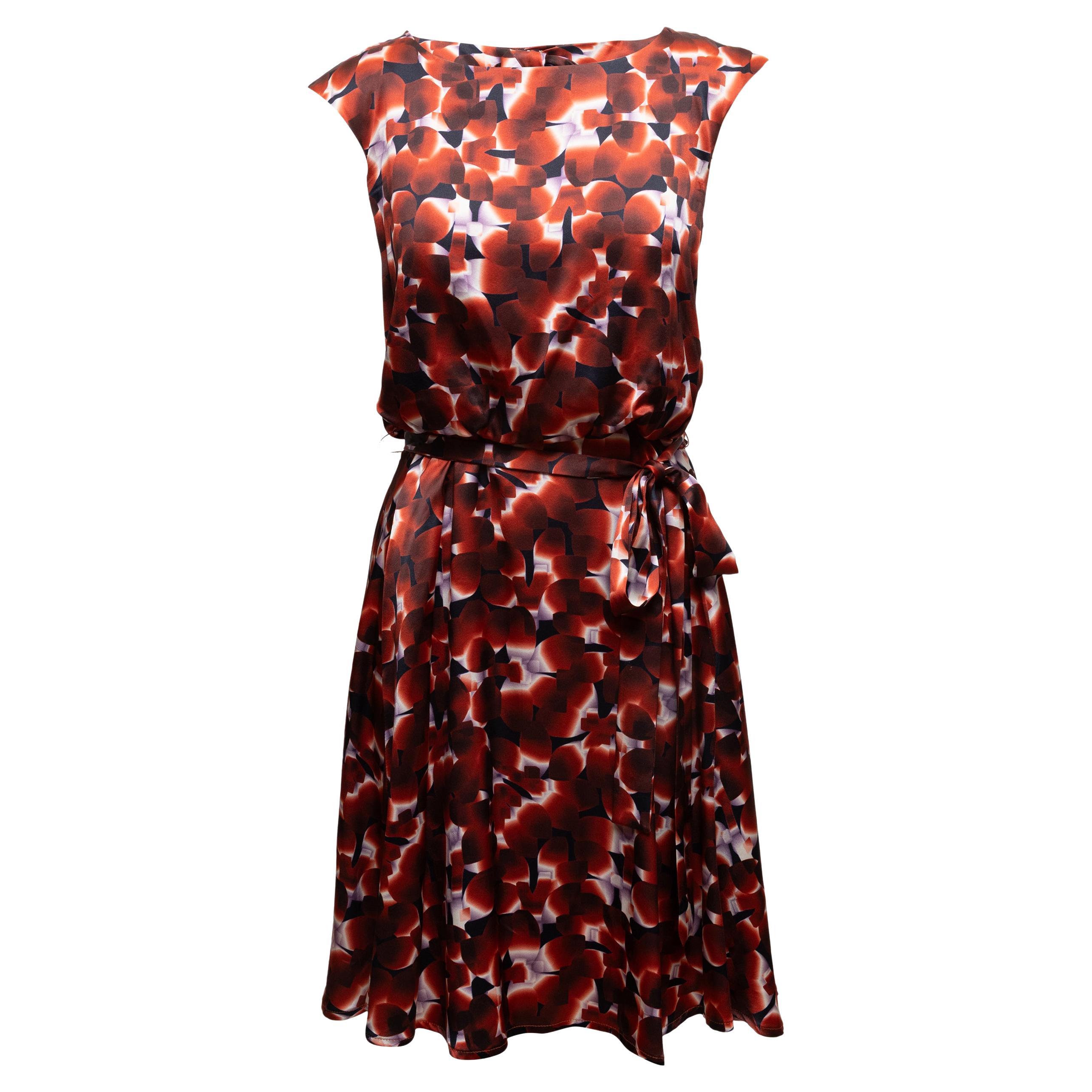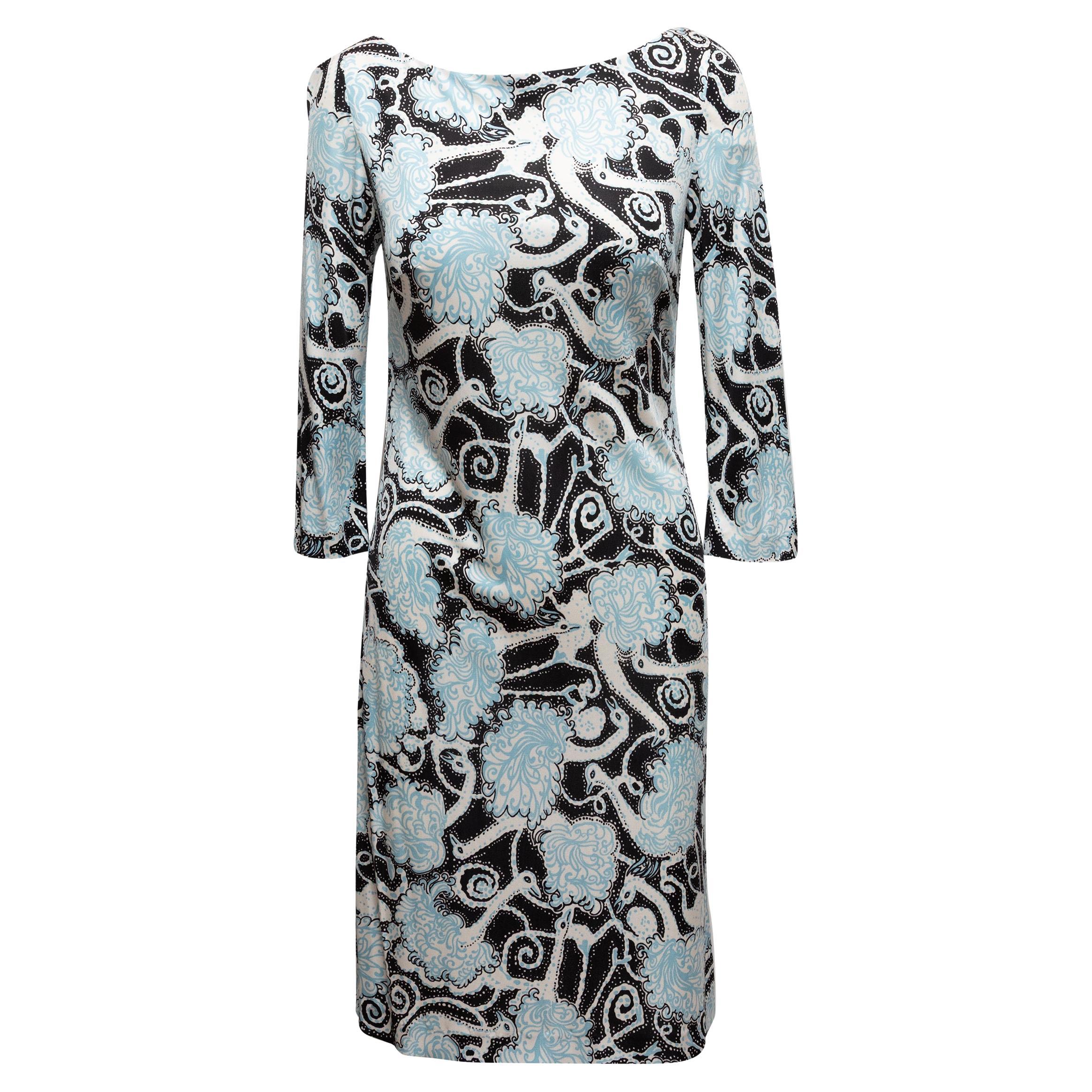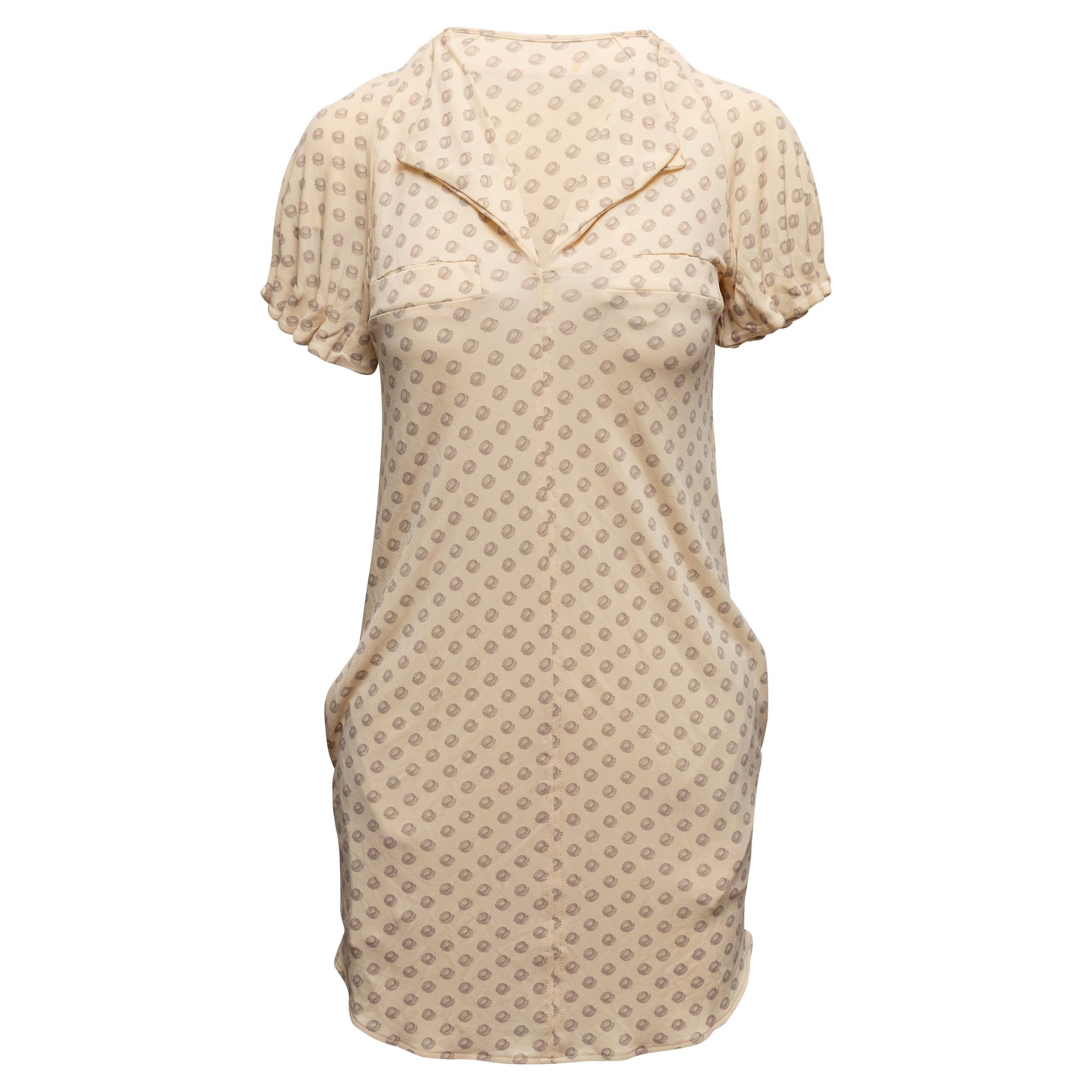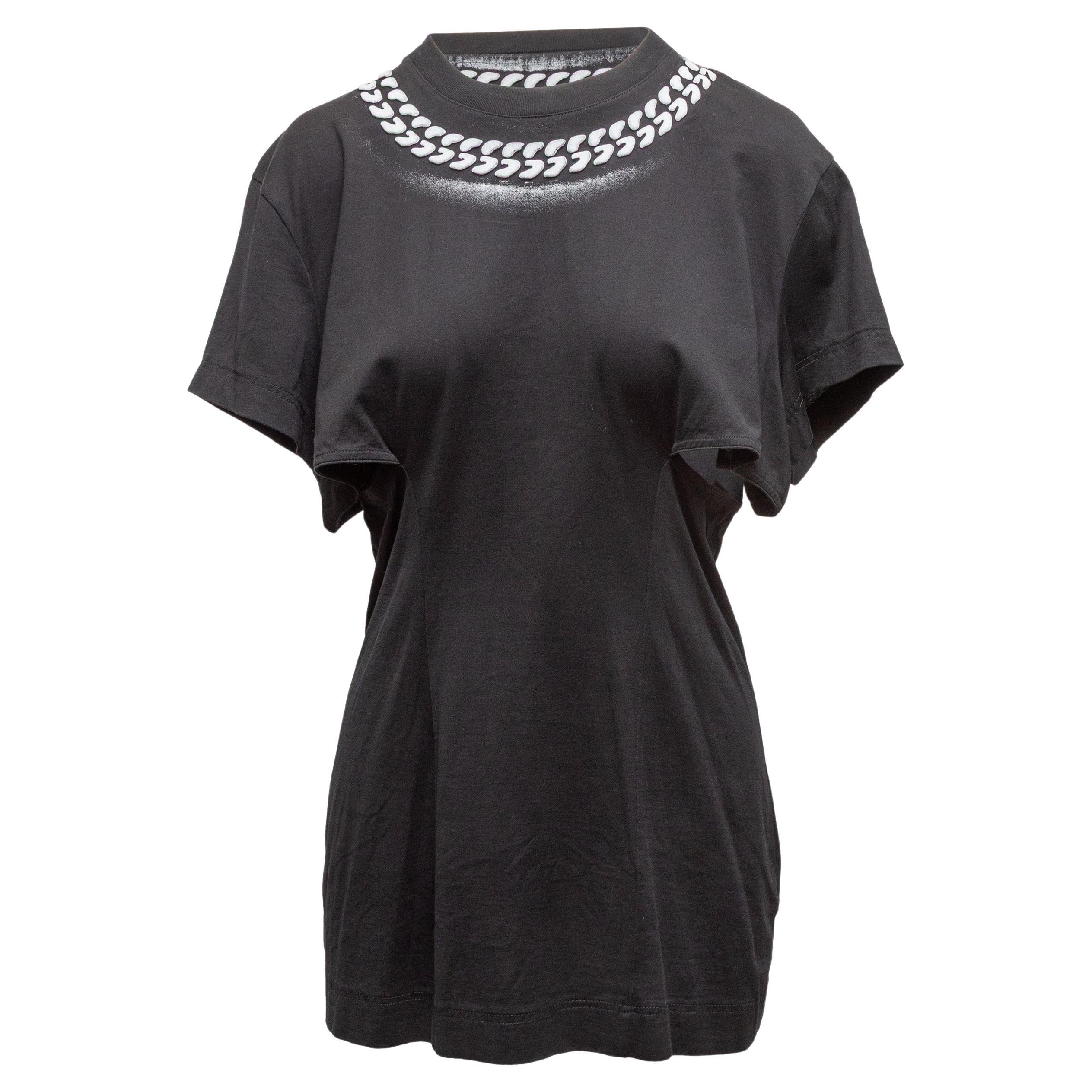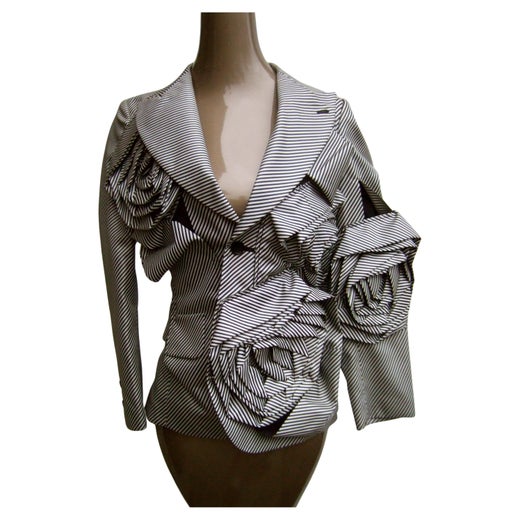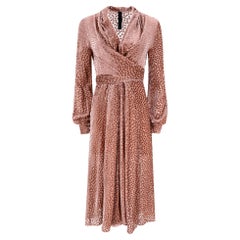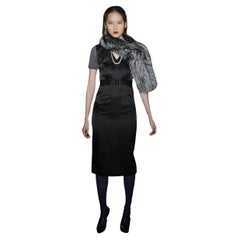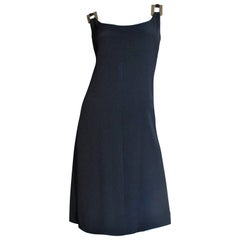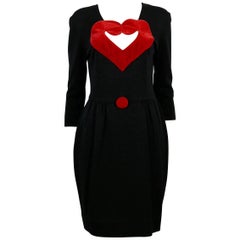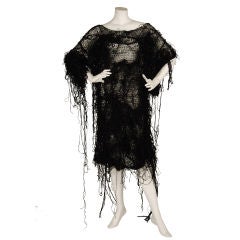
Commes des Garçons handknit black knit dress
View Similar Items
Commes des Garçons handknit black knit dress
About the Item
ABOUT COMME DES GARCONS (excerpts from Wikipedia.com)
Comme des Garçons, French for "like boys", is a Japanese fashion label headed by Rei Kawakubo, who is also its sole owner.
History
The label was started in Tokyo by Rei Kawakubo in 1969[1] and established as a company in Japan in 1973. Comme des Garçons became successful in Japan throughout the 1970s and a men's line was added in 1978. 1981 saw Comme des Garçons' debut show in Paris which created a storm of controversy for its predominant use of black and distressed fabrics. Throughout the 1980s, Comme des Garçons's clothes were often destroyed.
After the Paris debut, Comme des Garçons had an exhibition at the Centre Georges Pompidou in Paris in 1986 consisting of photographs taken by Peter Lindbergh. 2005 saw an exhibition in Shinjuku, Tokyo of Comme Des Garçons advertising and graphic design.
Comme des Garçons collections are designed in the Comme des Garçons studio in Aoyama, Tokyo and are made in Japan, France and Turkey.
The 1997 spring/summer collection, often referred to the 'lumps and bumps' collection, which contained fabric in bulk and balls on the garments. This led to a collaboration, also in 1997, between Rei Kawakubo and New York-based choreographer Merce Cunningham called 'Scenario'.
The 2006 autumn/winter collection dealt with the concept of the 'persona', the different ways we present ourselves to the world. Fusing tailored menswear with more feminine elements such as corsets and flower printed dress fabrics, 'Persona' was another collection that combined the feminine with the masculine by Comme des Garçons.
Junya Watanabe and, as of recently, Tao Kurihara have started their own sub-labels under the Comme des Garçons name to much acclaim. Both were also involved in designing for the casual women's knitwear line 'Comme des Garçons Tricot'.
Comme des Garçons have collaborated with various other labels over the years including Levi's, Speedo, Nike, Moncler, Lacoste, Cutler and Gross, Chrome Hearts, Hammerthor. S. N. S. Herning, Louis Vuitton and many others. Comme des Garçons and H&M collaborated on a collection which was released in the fall of 2008.
further measurements
Neck opening – 17”
Length – 41”
Width – 25” x 2
Left sleeve Shoulder to hem – 11”
Left sleeve width opening – 17”
Right sleeve shoulder to hem -22”
Right sleeve width opening – 9”
- Designer:
- Dimensions:Length: 41 in (104.14 cm)Marked Size: L - Free (US)Bust: 50 in (127 cm)Waist: 50 in (127 cm)Hip: 50 in (127 cm)
- Place of Origin:
- Period:
- Material Notes:Crocheted material, raffia straw blend?
- Condition:excellent condition.
- Seller Location:Los Angeles, CA
- Reference Number:Seller: private collection inventory # 161571stDibs: U090523917
Comme des Garçons
Comme des Garçons is one of the world’s most innovative and trailblazing fashion brands, helmed by its inimitable founder, Japanese designer Rei Kawakubo (b. 1942), who has a penchant for breaking fashion and cultural norms. The only living designer apart from Yves Saint Laurent to have a retrospective at the Metropolitan Museum of Art’s Costume Institute, Kawakubo has permanently changed fashion with designs that challenge traditional ideas of beauty with a creative and transgressive exuberance.
After studying art and literature at Keio University in Tokyo, Kawakubo worked as a freelance stylist before establishing her own label in 1969. Comme des Garçons — which is also known as CDG — officially launched in 1973, and Kawakubo opened her first store in Tokyo three years later. She has since been instrumental in pioneering many concepts now familiar in contemporary fashion.
One of Kawakubo's most iconic moves was her introduction of androgynous styles (Comme des Garçons means “like the boys” in French) with asymmetrical, twisted silhouettes that envelope the body. While she told the New York Times that the “basics of clothing lie in men’s fashion,” Kawakubo believes in the concept of humanness in clothes (she titled her spring 1995 show “Transcending Gender”).
In the 1970s, when color-blocking was the norm, Kawakubo stuck to her monochromatic color palette dominated by shades of black with uncompromising dedication, although with evocative and powerful use of red and white.
Comme des Garçons is also known for an often shocking take on fashion. Deconstructed tailoring, violently slashed fabric and sculptural shapes are some themes that run through the brand’s collections, but Kawakubo never explains the meaning of her conceptual pieces, which fall somewhere between art and fashion.
Designer Junya Watanabe, who worked alongside Kawakubo for nearly a decade, operates an atelier based within the Tokyo headquarters of Comme des Garçons, and he established a line under Kawakubo's label in the early 1990s. Since then, even though the brand has launched additional lines and more commercial offshoots like PLAY, known by the iconic heart motif with eyes, the premier men’s line Homme Plus and the multilabel Dover Street Market that opened in 2004, the essence of Comme des Garçons remains Kawakubo’s otherworldly and undefinable creations, which are impossible to ignore.
Find vintage Comme des Garçons shirts, jackets, day dresses and other clothing on 1stDibs.
